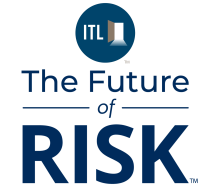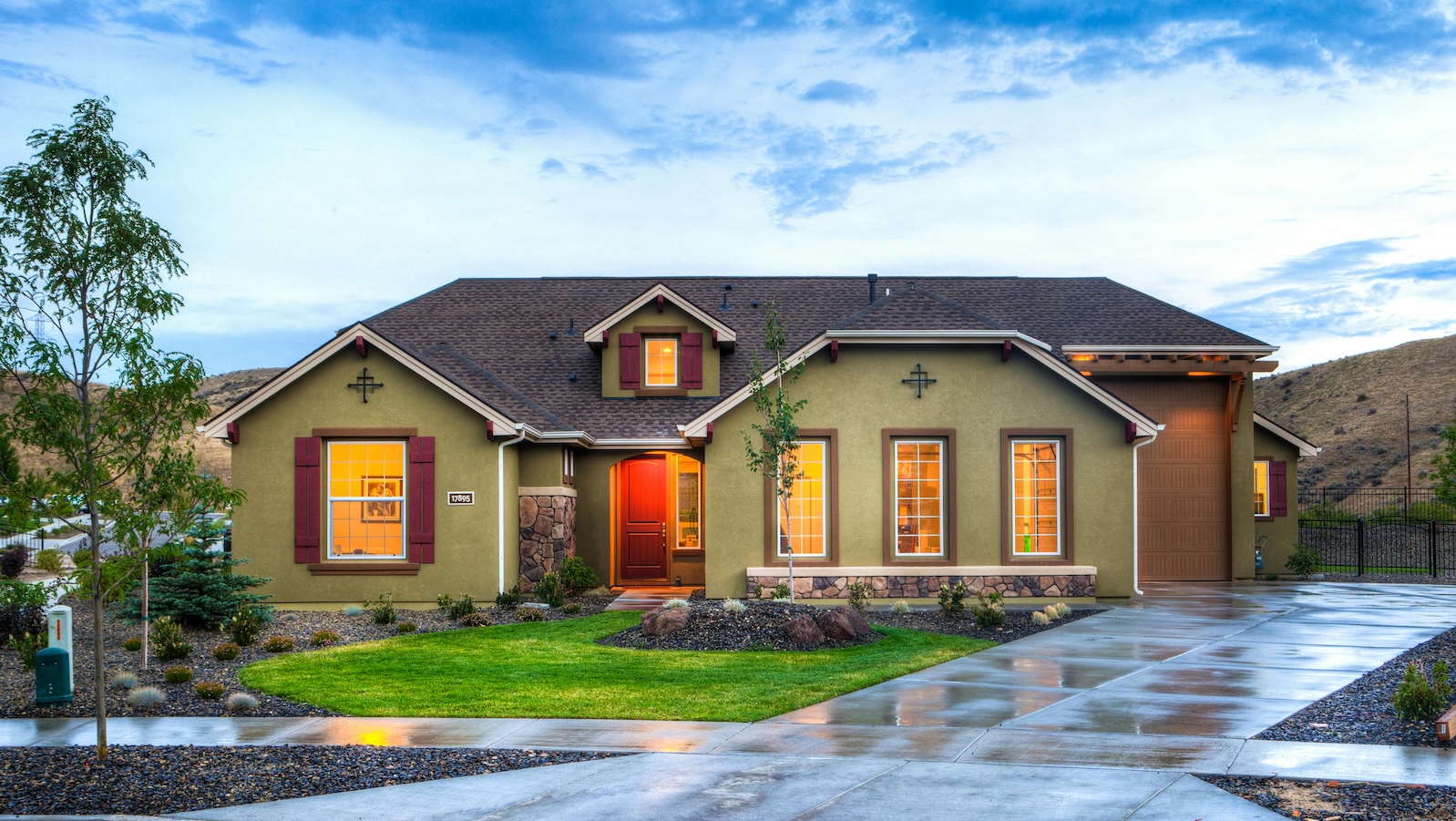Italians want connected insurance policies; they are not afraid of “Big Brother.” According to the Ania-Bain Observatory, insurtech can take off in the home and health sectors. Now is the time for both the model and management of connected insurance to be structured. As of today, 22% of Italian households that have no home insurance are inclined to buy it—if it were connected insurance.
This was the starting point of July’s meeting of the Connected Insurance Observatory, an Ania–Bain think tank, which has put together executives from 30 insurance groups within the Internet of Things (IoT) sector to discuss the great potential of connected insurance, as well as the challenges it poses to the insurance business.
Among those challenges is the protection of auto insurance telematics data, a topic that the Data Protection Authority has recently tackled, promising to offer clients appropriate visibility into the usage of collected data.
But there are no real obstacles to innovation, because there has been an explicit acceptance of the validity of a try-before-you-buy application in auto insurance from the Italian regulator -- except when it comes to the rights of the insured, which have to be respected. (Of course, this includes the provision of a detailed explanation to insurance customers of the business purpose for which the data is being collected.)
In Italy, if there is the will, innovation can be achieved just as easily as in Silicon Valley.
See also: Not Your Father’s Insurance Industry
A new model
On one hand, insurtech and connected insurance are transforming insurance business lines. On the other, it is essential to create the conditions needed for insurers and other specialized players to fulfill their role as providers, each in its own sector: from e-health to antifraud and from driverless cars to electronic payments and product design.
“A new and more connected insurance model has to be defined In order to achieve this, so that the full potential of the technology can be exploited,” says Luigi Di Falco, head of life and welfare, Ania. “In our opinion, there are many opportunities and areas to be explored within connected insurance that would allow for a more client-centric offering to be created. The demand would be easier to aggregate, and thus more client categories that are not insurable today would become insurable. Last, it reduces claims through the use of sensors with advantages for both the insurer and the insured.”
Managing an ecosystem
There are still plenty of challenges. Chief among them, according to Ania, are the evolution of rules and regulations on privacy, the risk of data monopoly from players like Google, the arrival of new insurance start-up competitors and the danger of insurance disintermediation. Di Falco warns that “the Observatory has to look at understanding both the advantages and the dangers that come with insurtech.”
At the foundation of everything is the synergy between numerous partners that drives insurance toward becoming the coordinator of a highly complex system. Insurers today are aware that using external providers is simply not enough and that the orchestration of the whole ecosystem needs to happen. This is a relatively new trend that represents the next frontier of connected insurance and is essential for reaching full potential.
Less privacy, more services
Regarding privacy issues, the accepted principle states that if the client wants additional services, he or she needs to enable the insurer to provide them. As Di Falco says, “If the insured believes that a service is useful, he or she will be ready to renounce the privacy of his or her data. But this has to be reflected by a legal framework that specifies that the loss of privacy is strictly connected to perceived benefits on behalf of the client.”
Innovation is moving to the home and health sectors
Being aware of this, 76% of the insurance carriers participating at the Observatory expect to see significant innovation related to home products (the “connected home”) in the next 12 months. Also, 43% of companies believe the health sector—(“connected health”)— will be ripe for innovation, whereas, in the life and industrial sectors, the potential for innovation is expected only in the medium term.
Some specialized insurance companies are already offering health insurance coverage related to wearables, claim detection and sideline services, starting with health monitoring, second opinions and medical consultation via chat and continuing with access to networks of healthcare structures and drug stores.
Di Falco underscores the point: “In a country where the proportion of people over 65 will grow to become a third of the entire population, it is important to develop forms of insurance protection in rehabilitation and long-term assistance where the state is less present and the nuclear family is not holding together as it once did.”
See also: How Connected Will Connected World Be?
Forty percent of Italian brokers believe that connected insurance represents an interesting business opportunity in the medium term. A recent survey developed by AIBA and the Connected Insurance Observatory shows that, other than the growing interest of intermediaries in connected solutions, larger brokers are more likely to see the business opportunity within connected insurance: 67% of big brokers expressed this, compared with 60% of medium-size brokers and 40% of small brokers.
The original version of this article appeared in Insurance Review.








